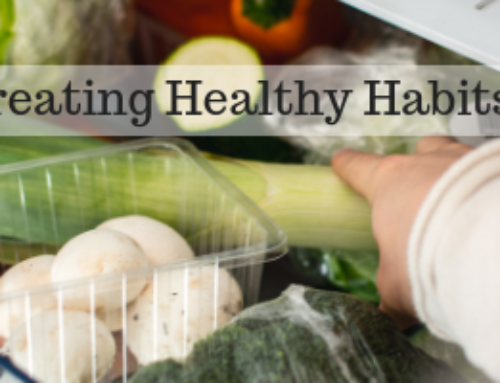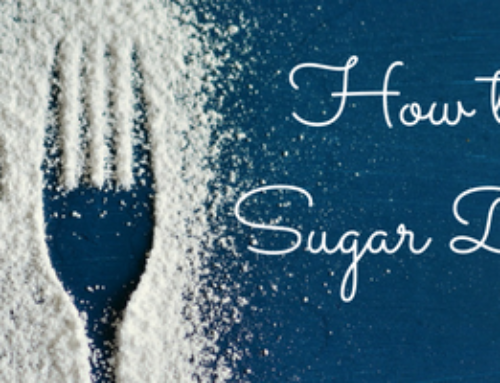Current fiber intakes are alarmingly low. Did you know that over 90% of adults fall short of meeting their daily fiber recommendation, which is 38 grams for men and 25 grams for women? The average American adult takes in about 15 grams per day. Yikes! But fiber is so important for overall health, and helps to manage or reduce the incidence of many health issues. For instance, it is known that fiber lowers the bad LDL cholesterol as well as blood pressure. It lowers blood glucose and decreases insulin resistance in people with prediabetes and type 2 diabetes. It also helps with both weight loss and maintenance, as well as improves bowel regularity and gastrointestinal health. Shall I go on?
You might be saying, “Okay, I know it’s good for me Shana. Please cut to the chase, and tell me easy ways to bump up my fiber.”
Here are my go-to foods that will help you reach your fiber goals each day:
Beans – Beans probably give you the most bang for the buck when it comes to fiber. With an average of 15 grams of fiber per cup, you can get almost half of your daily needs just by integrating a cup of beans into your daily diet! Beans are my favorite type of ‘starchy’ high fiber carb because they are packed with fiber, and also provide a dose of protein. I like them much better than whole grains for this reason. They can be easily integrated into soups or even your daily salad.
- Black beans, cooked – 1 cup 15 g
- Garbanzo beans, cooked – 1 cup 12 g
- Lentils, cooked – 1 cup 16 g
- Split peas, cooked – 1 cup 16 g
Berries – Berries are my favorite fruit because they are both high fiber and low sugar. I am often suggesting them to my clients, because it gives them a sweet treat without taking them over the edge in the sugar department. Remember, just because it is fruit, doesn’t mean you can eat as much as you want.
- Raspberries – 1 cup 8 g
- Blackberries – 1 cup 8 g
- Blueberries – 1 cup 4 g
- Strawberries – 1 cup 3 g
Vegetables – Per calorie, vegetables are going to give you more fiber than any other food group. They fill you up, and provide numerous nutrients. You should be aiming for at least a full 2-cups of vegetables per day, and I don’t count regular salad greens. Salad greens are great, please eat them, but 2 cups of lettuce won’t give you the nutrition and fiber that 2 cups of broccoli will, so mix it up. Have your salad, but top it with carrots, radishes, celery, broccoli, onions, and some beans! Don’t forget that dark braising greens, like kale and collards, are some of the healthiest vegetables.
- Spinach, cooked – 1 cup 4 g
- Collards, cooked – 1 cup 5 g
- Broccoli – 1 cup 2.5 g
- Artichoke – 1 medium 7 g
Added Fiber – If you want to get into an easy daily habit of adding more fiber to your diet, then ground seeds or a fiber supplement can be an excellent way to boost up your daily fiber intake. You can incorporate them in by adding them to a morning shake, or even stirring them into water and drinking. If you don’t drink a morning shake, then ground flaxseeds are a wonderful topping to a bowl of plain Greek yogurt. Add a little xylitol if you need a bit of sweetness.
- Flaxseeds – 2 Tablespoons 5.5 g
- Chiaseeds – 2 Tablespoons 9 g
- Paleofiber (my favorite fiber supplement) – 2 Tablespoons 12 g
If you would like a more comprehensive listing of foods and fiber content, please contact me. I would be happy to send one to you!
If you liked this post, please share with family or friends.






